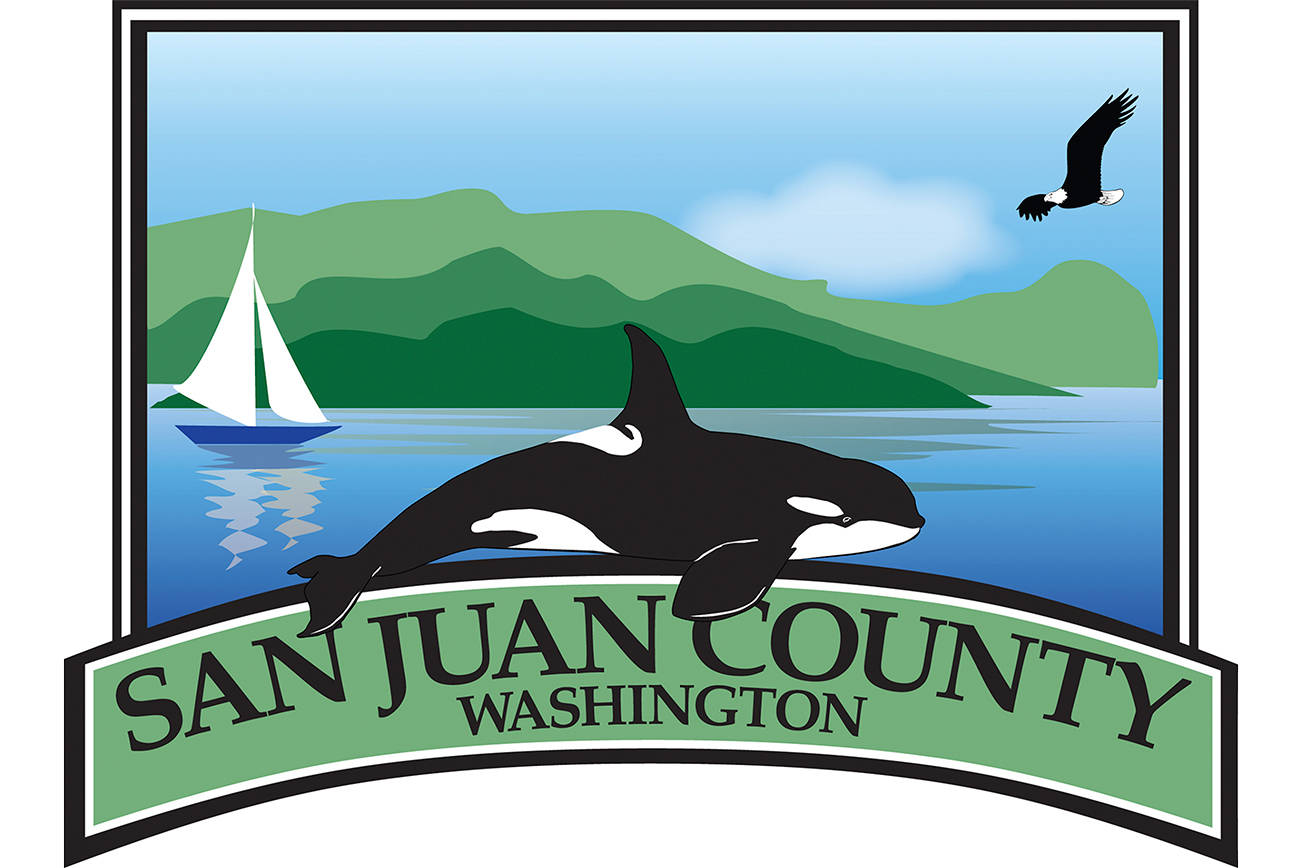By Mark Tompkins
SJC Health and Community Services Director and Dr. Frank James SJC Health Officer
As San Juan County begins to see positive COVID-19 test results in our community, we want to explain how San Juan County Health and Community Services staff respond to all positive tests and our efforts to keep the islands safe.
We want to highlight that COVID-19 is here in our community and is likely already being spread. The lack of testing supplies and the number of asymptomatic patients means that testing is not as reliable an indicator as we would like. No matter the test results, we all need to be focused on keeping our communities safe. The best way to do this is to stay at home, and minimize contact with others.
When our health department is notified of a positive case of coronavirus , our Health Officer (Dr. James) and public health nursing staff immediately reach out to the patient and the patient’s medical provider to gauge the risk and identify any and all people who may have had close contact with the patient. For COVID-19, close contact is more than 10 minutes of time less than 6 feet apart. That definition is based on our current understanding of the disease and how it is transmitted.
This process of investigation is known as case investigation and contact tracing, and is the foundation of an effective public health response. It is labor intensive and challenging, but in most cases achieves a level of containment. The symptomatic patient is told to isolate at home while sick. The patient remains in home isolation for either 7 days after onset of symptoms, or 3 days after their fever ends and their symptoms improve, whichever is longer. Close contacts are told to quarantine for 14 days and monitor themselves for symptoms.
Keep in mind that unlike many mainland jurisdictions, our health department is small. We have three public health nurses on staff, and have brought in some extra personnel to help out, including some retired medical professionals from the community. That handful of trained experts are the critical backbone of our surveillance response.
Another critical piece of the public health response involves patient privacy. There are strict legal requirements around revealing information which could expose the identity of a patient. That means in a small community, we need to be very careful about releasing details that could lead to identification. Sometimes public health staff need to make difficult decisions between protecting privacy or protecting the public, but rest assured that we’re making thoughtful and careful choices.
We recognize that some in the community would prefer full details of all patients so that people can understand their risk of exposure. Not only is that illegal, but it doesn’t actually help with reducing spread, and it can have a negative impact on community mental health. For this particular disease, casual contact does not equal high risk. Detailed contact tracing is the best tool we have to contain community spread. For any positive case, our public health staff work quickly and aggressively to minimize spread.
We need to all be working off the assumption that there are carriers in our community already.
We are working on getting the supplies and resources to do more active disease surveillance testing in the general population. That will be key to understanding our risks, and for carefully monitoring and mitigating risks in the future. For now, tools like social distancing and contact tracing are our frontline defenses. Please continue to take this seriously, seek out moments of calm and connection, and do everything you can to minimize your direct social contact. We truly appreciate your efforts. We are in this together.



